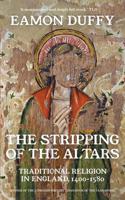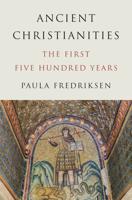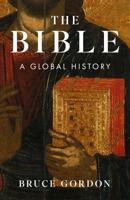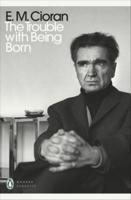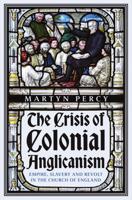Publisher's Synopsis
In Ethiopian Christianity Philip Esler presents a rich and comprehensive history of Christianity's flourishing. But Esler is ever careful to situate this growth in the context of Ethiopia's politics and culture. In so doing, he highlights the remarkable uniqueness of Christianity in Ethiopia.
Ethiopian Christianity begins with ancient accounts of Christianity's introduction to Ethiopia by St. Frumentius and King Ezana in the early 300s CE. Esler traces how the church and the monarchy closely coexisted, a reality that persisted until the death of Haile Selassie in 1974. This relationship allowed the emperor to consider himself the protector of Orthodox Christianity. The emperor's position, combined with Ethiopia's geographical isolation, fostered a distinct form of Christianity—one that features the inextricable intertwining of the ordinary with the sacred and rejects the two-nature Christology established at the Council of Chalcedon.
In addition to his historical narrative, Esler also explores the cultural traditions of Ethiopian Orthodoxy by detailing its intellectual and literary practices, theology, and creativity in art, architecture, and music. He provides profiles of the flourishing Protestant denominations and Roman Catholicism. He also considers current challenges that Ethiopian Christianity faces—especially Orthodoxy's relations with other religions within the country, in particular Islam and the Protestant and Roman Catholic churches. Esler concludes with thoughtful reflections on the long-standing presence of Christianity in Ethiopia and hopeful considerations for its future in the country's rapidly changing politics, ultimately revealing a singular form of faith found nowhere else.

